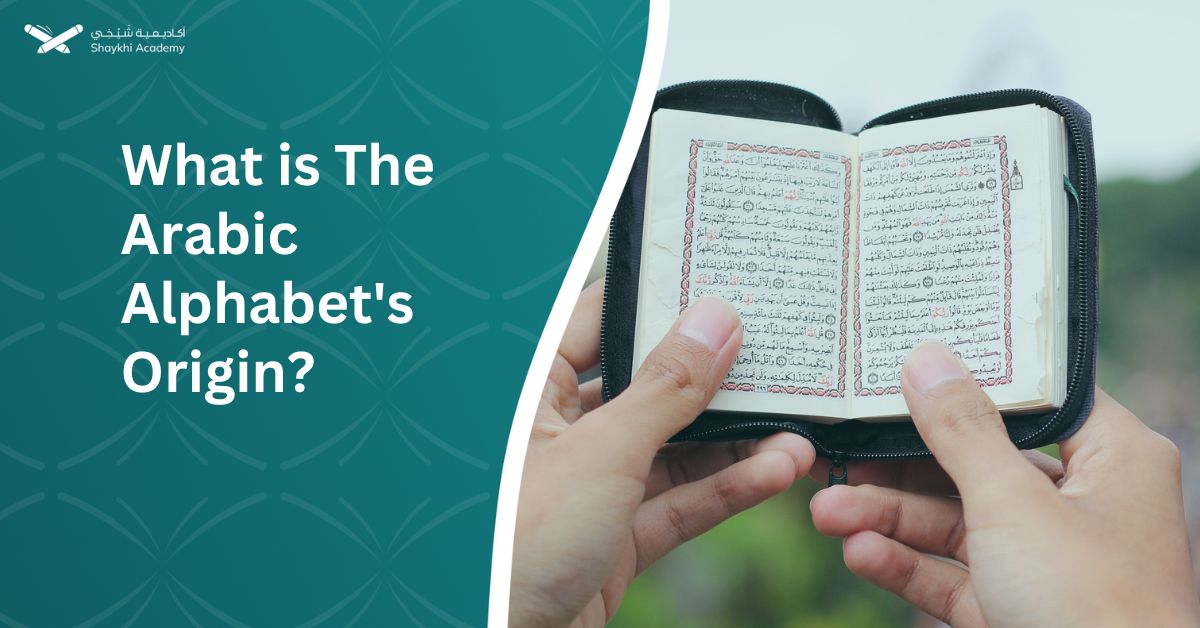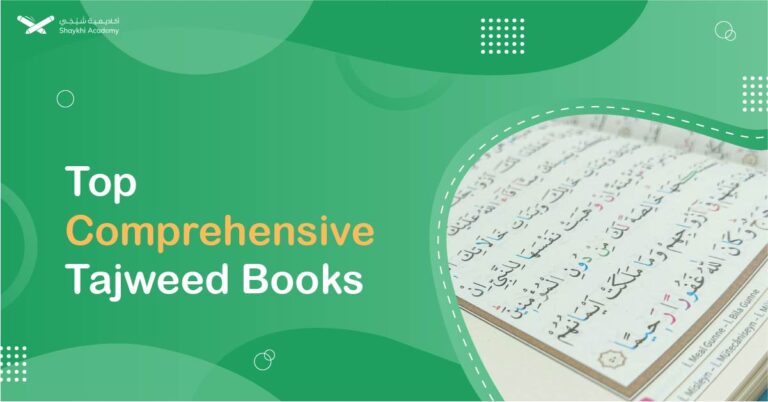The Ancient Arabic alphabet, originating from the Nabatean script, evolved from earlier Semitic writing systems like Phoenician. Introduced around the 3rd century, its standardization during the Islamic era ensured uniformity for Quranic recordings.
As Islam spread, the script adapted to accommodate various languages and underwent further development. The Arabic alphabet’s rich history reflects cultural, linguistic, and religious influences, culminating in its modern standardization.
Arabic Alphabet continues to be a vital aspect of Arabic language and culture, shaping the written traditions of numerous languages and cultures worldwide.
The Arabic alphabet is a marvel of linguistic and artistic beauty, steeped in centuries of cultural and historical significance. Its elegant, flowing script is not merely a tool for communication but a reflection of the rich heritage and complex identity of the Arab world.
Alphabet before Arabic Alphabet
The Phoenician alphabet, originating around 1476 BC in the eastern Mediterranean, is considered the precursor to many ancient scripts, including the Arabic alphabet. The Ugaritic alphabet, contemporary to Phoenician, also influenced later scripts.
Arabic script evolved from Aramaic, incorporating additional letters and diacritics over time. Originally written separately, it transitioned to connected calligraphy, facilitating faster writing. Arabic, read from right to left, lacks capital letters; instead, letter forms change based on position.
Short vowels, indicated by diacritics, aid pronunciation. The language holds significant cultural and historical importance, influencing numerous other languages and serving as an official language in many countries.
What is the Ancient Arabic Alphabet?
The Ancient Arabic alphabet, also known as the Classical Arabic alphabet, is the script used for writing the Arabic language. The Ancient Arabic alphabet is one of the most widely used writing systems in the world, which is currently the dominant alphabet in many regions of Asia and Africa as well as in ethnic communities across the globe.
The Ancient Arabic alphabet consists of 28 letters, most of which are consonants. It is written from right to left and does not usually indicate vowels, although diacritical marks can be added to vowels for clarity.
What Is the Origin of the Arabic Alphabet?
To investigate where did the Arabic alphabet come from we have to travel back to ancient times. The Arabic alphabet origin dates back to the Nabatean script utilized by the semi-nomadic Nabataean tribes, who lived in Jordan, Southern Syria, Northern Arabia, and the Sinai Peninsula.
Among the commonalities between the Nabatean script and the Arabic alphabet is the prevalence of long vowels and consonants in Arabic written language. Additionally, there is proof that many variants of the same fundamental letter form are utilized to represent distinct sounds.
The Nabatean script was derived from the Aramaic alphabet, which in turn was derived from the Phoenician alphabet, one of the earliest known writing systems.
The Phoenician letters were written from right to left, and consisted of 22 letters, all of which were consonants, that is, they did not bear any signs of vowels or syllables. These letters also represented sounds different from those used in the Arabic language, such as sadص , dhaط , dha ظ, and ghain غ.
What Is the History of the Arabic Alphabet?
The origins of the Arabic alphabet may be found in the third century, even though Arabic writings became more prevalent with the advent of Islam in the seventh century.
The history of the Arabic alphabet is a complex and fascinating story that spans several centuries. It is a testament to the cultural and linguistic diversity of the Islamic world and its enduring legacy in shaping the written traditions of many languages. Here is a brief overview of its development:
1- Pre-Islamic Period:
Before the emergence of Islam in the 7th century CE, the Arabian Peninsula was home to various tribes and communities that spoke different languages and used different scripts for writing. Inscriptions from this period show a variety of scripts, including Ancient South Arabian and Nabatean.
2- The Emergence of Islam:
With the advent of Islam in the early 7th century CE, there was a need for a standardized script to record the revelations of the Quran and to facilitate communication among the rapidly expanding Muslim community. The Quranic language is very unique and special, and learning it is usually different from learning more modern versions of Arabic.
There are many courses that specialize in teaching the Quranic version of the Arabic language; such as: the Quranic language course at Shaykhi Academy, which is dedicated to aid learners in getting familiarized with the Quranic Arabic.
3- Standardization:
During the caliphate of Uthman ibn Affan (r. 644-656 CE), the third caliph of Islam, a standardized version of the Arabic script was established to ensure uniformity in the Quranic text. This script, known as the “Uthmani script,” became the basis for the modern Arabic alphabet.
4- Expansion and Development:
As Islam spread beyond the Arabian Peninsula, the Arabic script was adopted for writing many languages, including Persian, Turkish, Urdu, and Malay. The script underwent further development and modification to accommodate the phonetic characteristics of these languages.
5- Modern Period:
The Arabic script continued to evolve in the modern period, with the introduction of printing and the influence of Western typography. Various reforms and standardization efforts have been undertaken to modernize the script and adapt it to contemporary needs.
Therefore, there are many Arabic language courses that aim at teaching the learner the Modern Standard Arabic; such as Shaykhi Academy’s Arabic course, which intends to help the student be able to communicate with Arab native speakers.
Who Invented the Arabic Alphabet?
The Arabic alphabet was originally brought to Mecca from Hţīrah by Bushr ibn {Abd al-Malik al-Kindī, a Christian Arab). According to popular belief. Bushr was the brother of al-Ukaydir, a ruler from 200 miles from Sakākah in northern Saudi Arabia.
The earliest known northern Arab city is Dumat al-Jandal, which dates to the tenth century B.C.36. It served as the capital of the Arab kingdom of Kinda during that period, in the fifth and sixth century
What is the oldest form of Arabic Script?
The oldest form of Arabic script is the Ancient North Arabian script, which dates back to the 8th century BCE. This script was used to write various languages, including Ancient North Arabian, which was spoken in parts of modern-day Jordan, Syria, and Saudi Arabia.
Another early form of Arabic script is the Nabatean script, which emerged around the 2nd century BCE. The Nabatean script evolved into the Arabic script over time, particularly through its adaptation and modification by the Arabs to suit the needs of writing the Arabic language.
What Is the Evolution of the Arabic Alphabet?
The evolution of the Arabic alphabet is a rich tapestry woven through centuries of cultural, linguistic, and religious developments. From its humble beginnings as a script influenced by Nabatean and other Semitic writing systems, the Arabic alphabet underwent a transformative journey.
The introduction of dots to distinguish between similar letters and the incorporation of vowel markings to aid pronunciation were significant milestones.
The Uthmanic script, standardized during the early Islamic period, laid the foundation for the modern Arabic alphabet. Regional variations and styles emerged, reflecting the diverse communities that adopted the script. Modern efforts have further standardized the alphabet, ensuring uniformity in letter forms and punctuation.
Today, the Arabic alphabet stands as a testament to the enduring legacy of the Arabic language and its influence on other languages and cultures.
Shaykhi Academy provides online Arabic courses taught by qualified instructors.
Our Arabic language courses at Shaykhi Academy are designed for students of all levels, whether you’re a complete beginner or looking to enhance your existing skills.
Our experienced teachers are dedicated to helping you achieve fluency in Arabic, providing personalized attention and guidance throughout your learning journey.
With our interactive online platform, you’ll have access to a variety of courses that cater to different learning goals and schedules. Join us at Shaykhi.com and immerse yourself in the beauty of the Arabic language.
As one delves into the intricacies of the Arabic script, they embark on a journey through time, exploring the profound impact of language on culture, identity, and the human experience.
Conclusion:
In conclusion, the Arabic alphabet represents a rich tapestry of cultural, linguistic, and religious developments spanning centuries. Originating from ancient scripts like Nabatean and influenced by Phoenician and Aramaic, it underwent standardization during the Islamic era to facilitate Quranic recordings and communication within the expanding Muslim community.
When Islam spread, the Arabic script evolved to accommodate various languages, reflecting the diversity of the regions it touched. Today, the Arabic alphabet stands as a testament to the enduring legacy of the Arabic language and its profound influence on other languages and cultures worldwide. Its continued development and standardization ensure its relevance and vitality in the modern era, making it an essential aspect of Arabic language and culture.




















